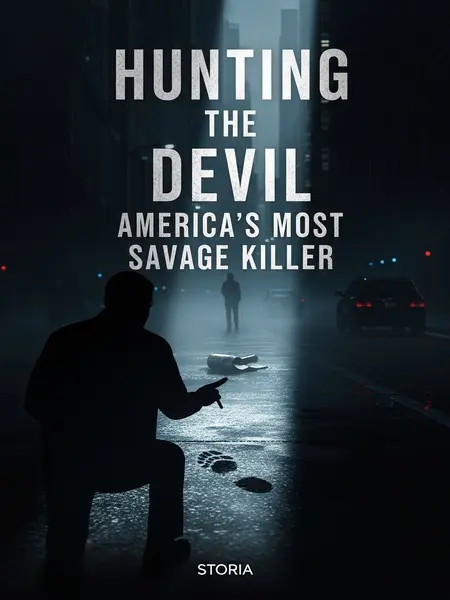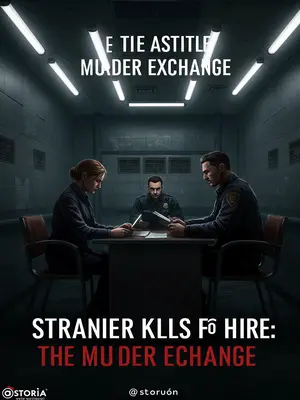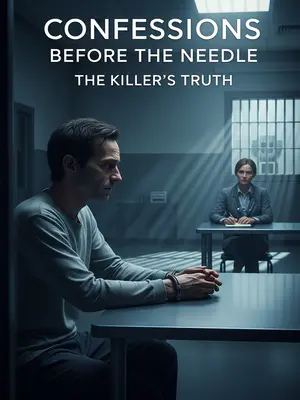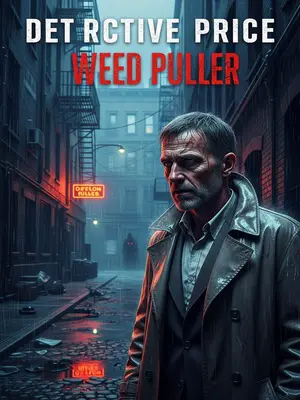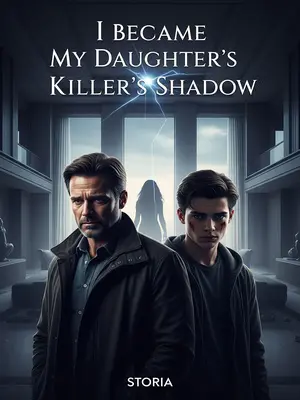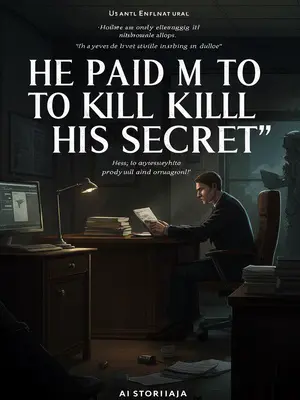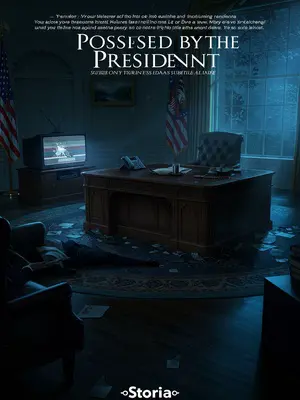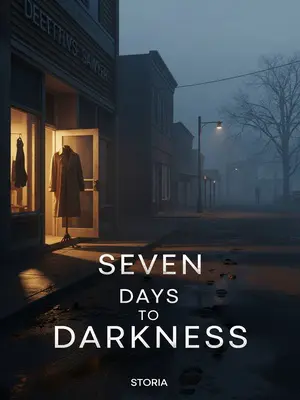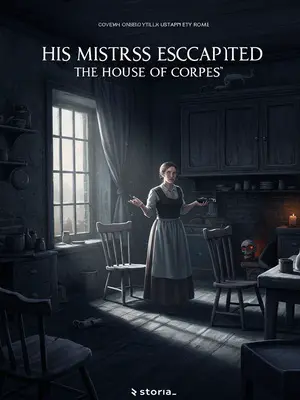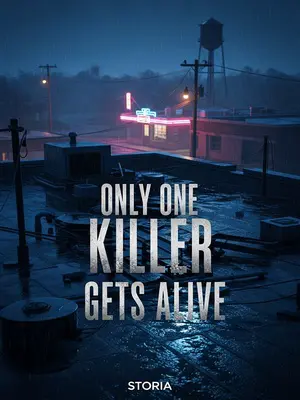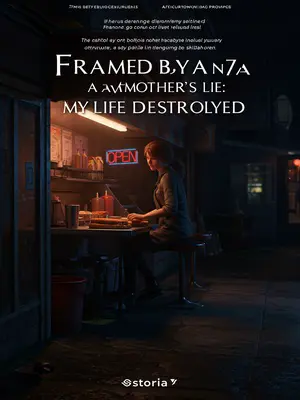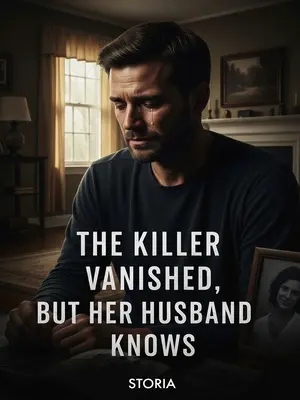Chapter 5: The Profile
Fed up, the state sent in reinforcements—twelve seasoned officers, plus every local cop and informant they could round up. The task force swelled to 200 strong, all working out of a makeshift HQ at the edge of Oakridge.
This time, Michael took charge. He went bold—he put undercover officers at every bus and train station, even staking out city parks at dawn. He gave his people a profile: Find a man aged 25 to 30, tall, AB blood type. Anyone who fit got a blood test, no questions asked.
It was an all-out dragnet. They screened dozens of men. One day, two investigators spotted a guy at Oakridge’s grimy bus station—a tall man with glasses, always chatting up young women, making shady deals in alleys. They searched his battered briefcase, found a knife, a can of Vaseline, some rope, and a towel that looked like it had been dragged through a gutter.
Suspicious? Absolutely. He even matched the witness description. The police ran his background—turned out, he was a teacher. Clean record. And his blood was type A, not AB. Once again, the only thing they had was frustration.
Oakridge was changing—good folks locking doors twice, hitchhikers disappearing, mothers picking up their kids instead of letting them walk home. But still, the killer roamed free.
Michael was running out of options. So he took a risk—he broke protocol and reached out to psychiatric experts in Chicago, hoping a fresh set of eyes would help. Most wanted nothing to do with it, but one man agreed.
And he would change everything.
Enter Dr. Alexander Buckley, a psychiatrist who looked like he’d stepped out of a Midwest faculty lounge—rumpled tweed, scuffed loafers, and a Chicago accent you could cut with a knife. He listened to Michael’s story, flipped through the files, and sketched a profile that cut through the fog: The killer was a man, 35 to 55, six feet tall, suffering from sexual dysfunction and sadism. He needed to inflict pain to feel anything at all.
Was he insane? Not legally. Alexander was blunt—"He plans every detail. He’s lucid. He knows exactly what he’s doing."
With a fresh profile, Michael hoped they’d finally close in on the monster. But as soon as the police and the psychiatrists teamed up, the killings stopped cold. No bodies. No leads. Just silence, as if the killer had vanished into the cornfields for good.
Months crawled by. Then, a new corpse turned up—this time in a park near O’Hare Airport in Chicago, wounds eerily familiar.
Michael caught the next flight. One look at the crime scene, and he knew—the devil was back, but he’d changed hunting grounds. The killer was traveling, picking new cities, mocking Michael from afar.
Michael pored over flight manifests and bus schedules, digging for any trace. Nothing. He’d been outmaneuvered—the killer had taken the train, leaving no record.
Just as quickly, the killer returned to Oakridge, and the murders resumed with a vengeance. Michael, exhausted but stubborn, returned to Dr. Buckley, this time with everything—crime scene photos, autopsies, secret details.
Buckley smiled, bushy eyebrows arching. "I knew you’d come back, Michael. This guy’s smarter than we thought. But together, we might just have a shot."
The next morning, Buckley handed Michael a 65-page report—a roadmap into the killer’s mind. He was older than they thought: 45 to 55, probably married with children, raised in loneliness and pain. Normal sex meant nothing to him; only pain, only fear, gave him pleasure. The more brutal the act, the more powerful he felt.
The killer, Buckley wrote, was arrogant, narcissistic, and not nearly as smart as he thought. He killed with method, but no creativity. Why the eyes? Maybe impotence, maybe superstition—some folks say the last thing you see gets trapped in your eyes—a superstition that runs deep in small-town America.
Why the missing organs? "It’s dominance," Buckley said. "He can’t control his life, so he controls their bodies. Maybe he eats them."
Michael recoiled, but the logic held. To catch the devil, you had to think like the devil.
After leaving Buckley’s office, Michael drove across town to interview a convicted sex murderer on death row. He wanted to know: What were men like this like in daily life?
The man said it was complicated. "I could kill a kid and not lose sleep, but if I smoked in front of one, I’d feel guilty."
Michael scribbled in his notebook—key insight: this killer probably led a double life, flipping between monster and model citizen as easily as changing a shirt. But now, with the nation watching, Michael knew: the mask was slipping. And he was running out of time.
